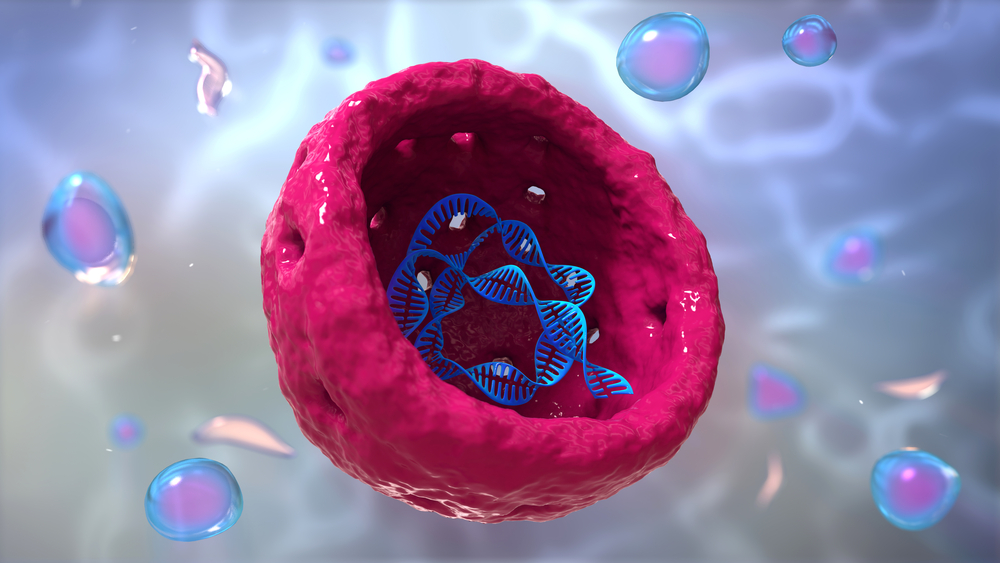Researchers Identify Final Step Killing Damaged Neurons in Self-destructive Process

Researchers have identified the factor at the end of a molecular chain of events killing nerve cells which have been exposed to damage from disease processes such as stroke and possibly Alzheimer’s or a wide variety of other injuries.
The study, “A nuclease that mediates cell death induced by DNA damage and poly(ADP-ribose) polymerase-1,” published in the journal Science, may pave the way for the development of treatments able to slow or stop the process, saving neurons from death.
The findings built on the previous work of two research groups at Johns Hopkins University School of Medicine, who spent years mapping a molecular self-destruction program that kills nerve cells after injuries as disparate as stroke and neurodegeneration.
The two teams, led by Dr. Ted Dawson, MD, PhD, and director of the Institute for Cell Engineering at Johns Hopkins, and Valina Dawson, PhD, a professor of neurology at Johns Hopkins, termed the program parthanatos, a moniker inspired by Thanatos — the personification of death in Greek mythology — and the enzyme PARP, which is a key component of the process.
“I can’t overemphasize what an important form of cell death it is; it plays a role in almost all forms of cellular injury,” Dawson said in a news release. Up until now, the two teams had identified most players and the sequences of events leading to the death of neurons. But they did not know which molecule was responsible for the final blow — the degradation of a cell’s DNA.
In previous studies, they discovered that a factor called AIF (apoptosis-inducing factor) is involved in one of the last events before a cell dies. AIF is normally present in mitochondria, and the researchers discovered that when AIF jumped ship, leaving the mitochondria in favor of the cell’s nucleus, the end was near.
But since the end came in the form of a shredded genome, and AIF lacks the capacity to cut DNA, they knew another molecule had to be at work.
To find the factor, the team embarked on a detective journey. They screened thousands of proteins in nerve cells using a method that would reveal all those who could interact with AIF. The search resulted in 160 hits, so to narrow it down, they inactivated the genes for each factor, one by one, in cells grown in a dish.
When researchers inactivated a protein called MIF (macrophage migration inhibitory factor), cells no longer died even when they were exposed to various injuries.
“We found that AIF binds to MIF and carries it into the nucleus, where MIF chops up DNA,” said Dawson. “We think that’s the final execution step in parthanatos.”
But existing evidence only links MIF to the killing of neurons after stroke. Research has shown that when the factor is inactivated in mice with stroke, far fewer nerve cells died. Since parthanatos is also known to kill neurons in other conditions, researchers have yet to prove that MIF is responsible in diseases such as Alzheimer’s.
Since the team has identified factors that were able to block MIF in the cells, they plan to test the compounds in animals, improving them to maximize safety and effectiveness.






